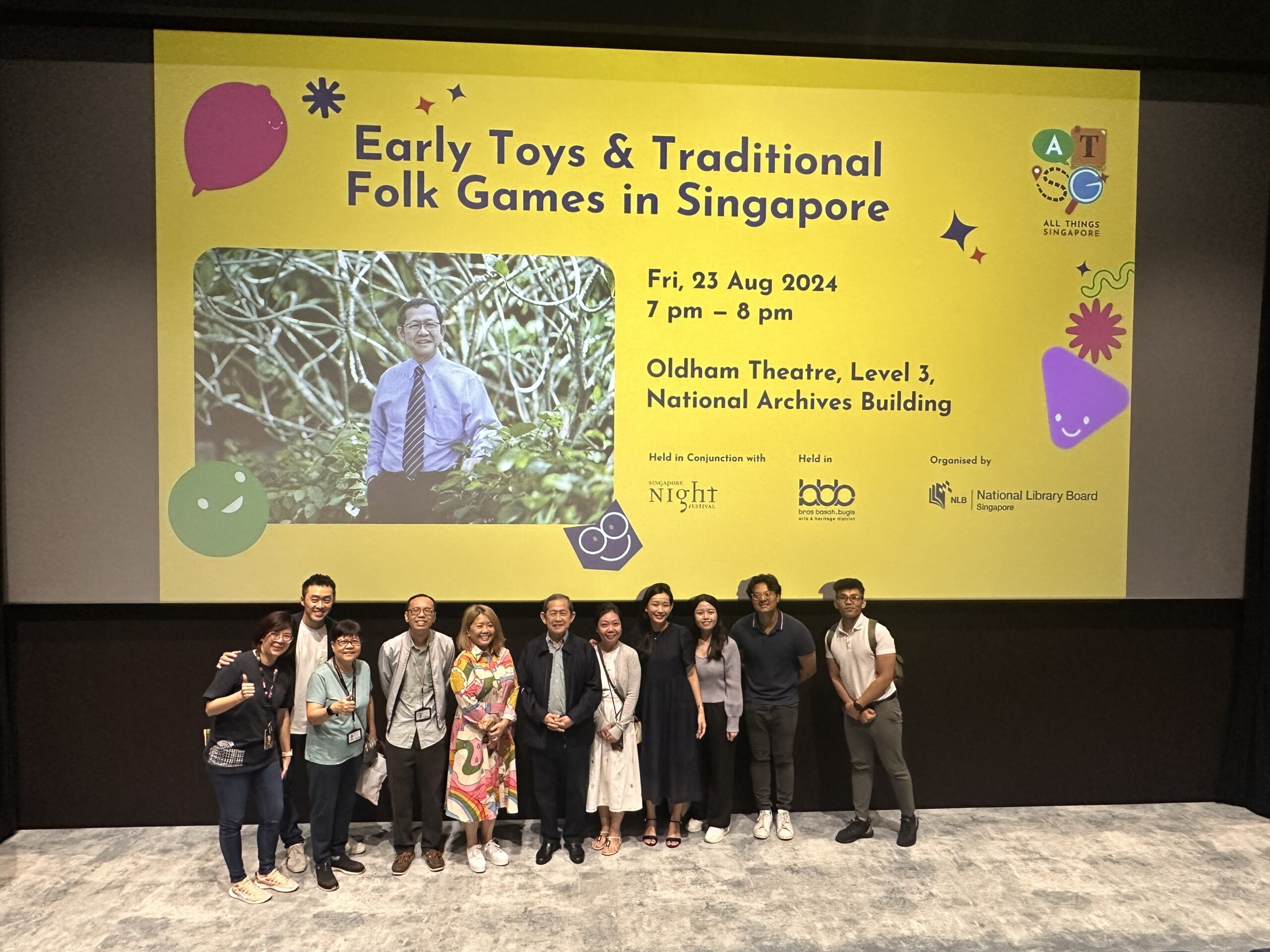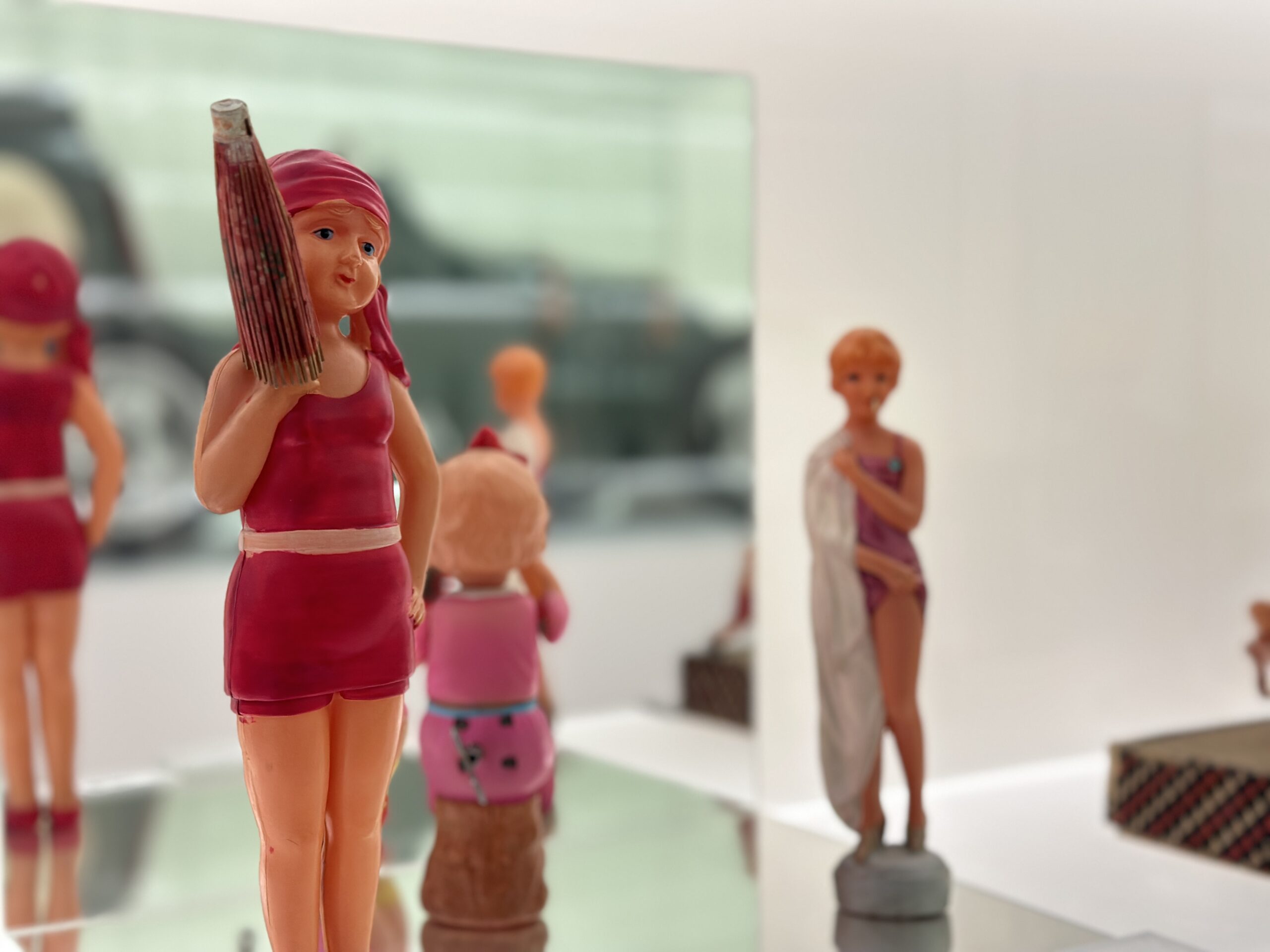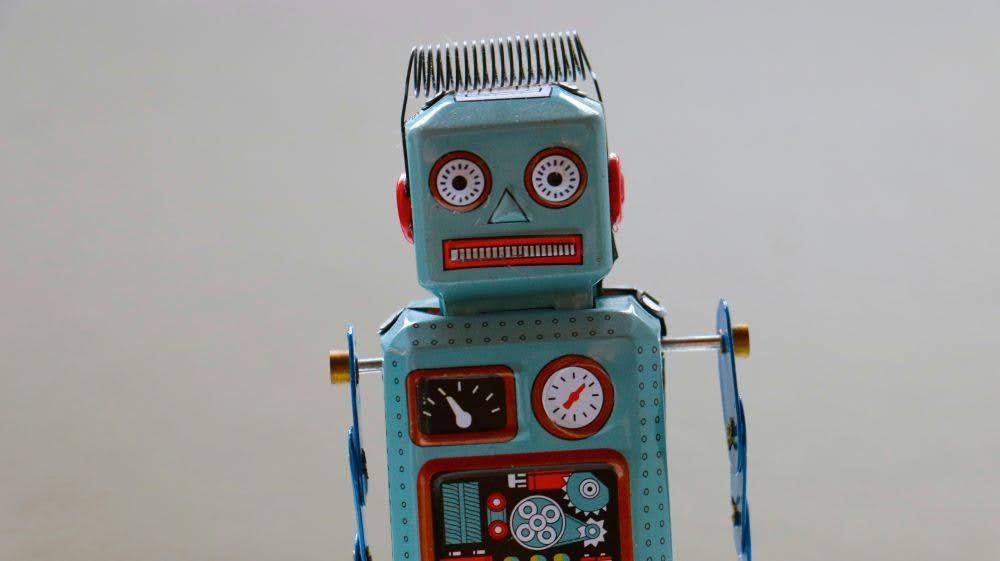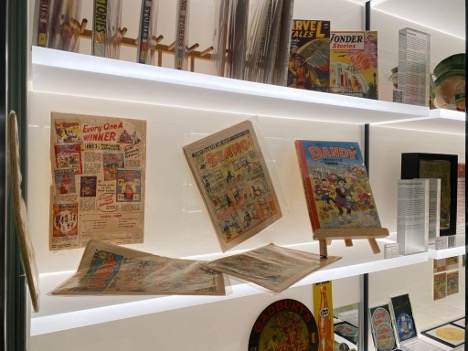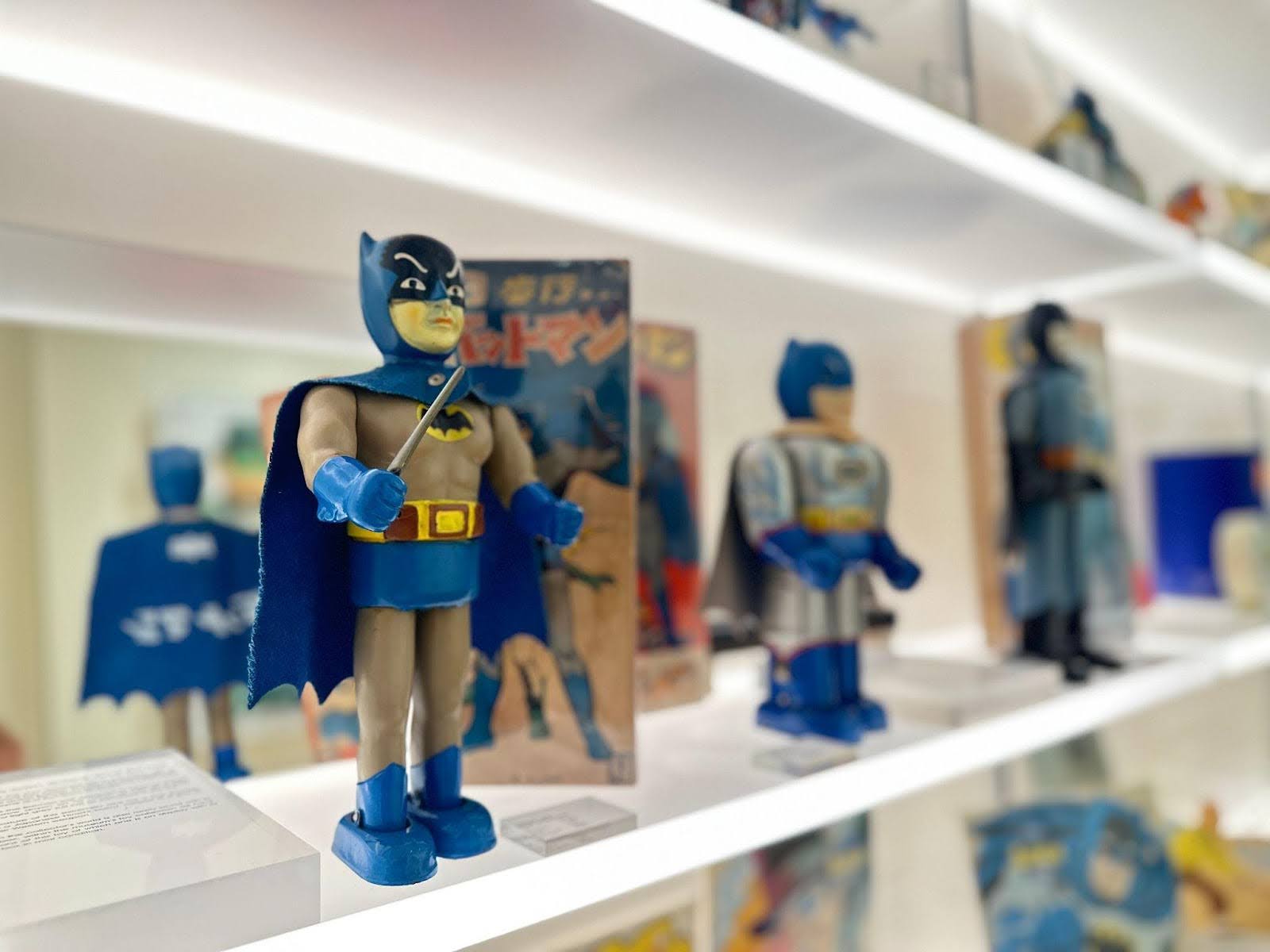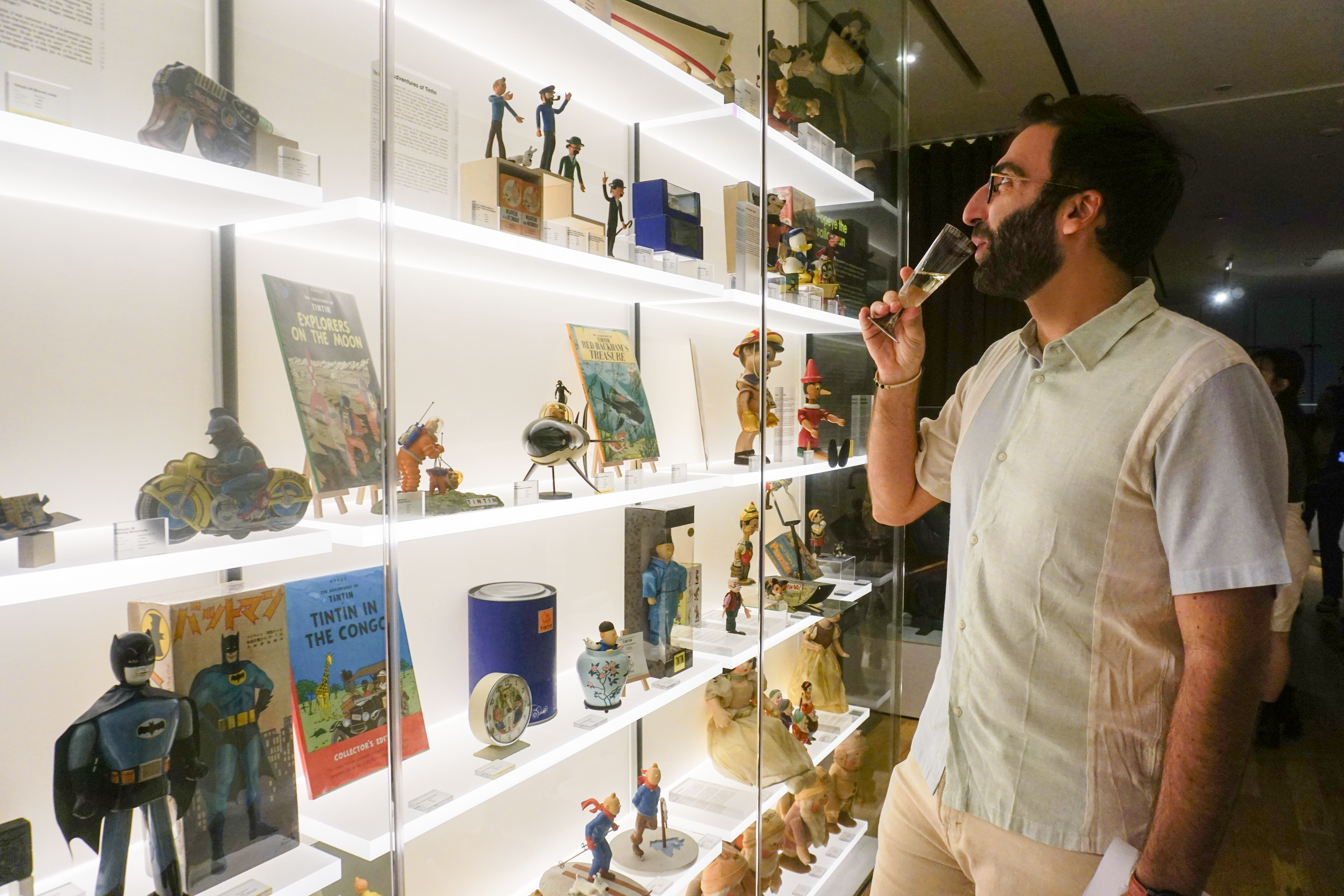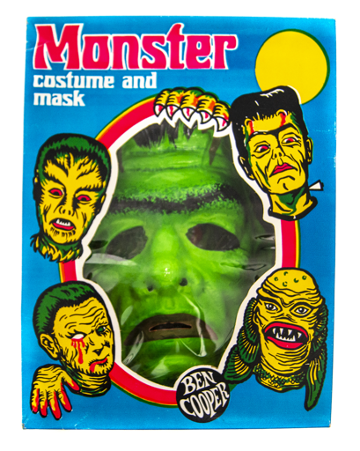Defined as the period beginning after the first nuclear weapon detonation test in New Mexico in July 1945, the Atomic Age refers to the first large-scale use of nuclear technology and its consequences on geopolitics, sociopolitical thinking, and technological advancement.
While we are technically still in the Atomic Age today, many use the term to cover only up to the 1970s and 80s when the Three Mile Island and Chernobyl disasters occurred.
Due to the grim origins of the Atomic Age in the nuclear bombings of Hiroshima and Nagasaki the post-war attitude towards nuclear technology was mixed. The rise of Mutual Assured Destruction (MAD) amidst the Cold War and ensuing arms race also contributed to fears of potential global nuclear devastation.
At the same time, nuclear technology held lots of promise for fields including medicine and engineering. Some everyday appliances that were developed or use nuclear technology include X-ray radiography, radiation therapy for cancer and other illnesses, industrial gauges for measurements and construction, and smoke detectors.
These rapid changes throughout society and pop culture can be seen through the mundane – toys, memorabilia, and merchandise. With the post-war explosion of mass media and consumer culture in the West, there is no shortage of valuable vintage toys that tell us of the concerns of the time.
Book your tickets to the MINT Museum of Toys today to explore even more vintage toys, collectibles, and memorabilia from around the world!
1. Buck Rogers Chemical Laboratory

Maker: Gropper Mfg. Co.
Year of Make: c. 1950s
Material: Plastic
Country of Origin: United States of America
The advent of nuclear energy led to mass excitement over technological progress, with optimism that spread to other areas of science and technology. Technological achievements during the Atomic Age included color TV (1951), modern solar cells (1954), velcro (1955), cellphone (1973), and digital camera (1975).
This positive attitude was reflected in toys like this Buck Rogers Chemical Laboratory vintage science set which included chemicals like Aluminum Sulfate, Tonic Acid, Sodium Carbonate, Ferric Ammonium, Phenolphthalein, and Sodium Thiosulphate. An accompanying instruction booklet included detailed experiments that could be carried out at home.
2. Atom Ant

Maker: Kohner Bros. Inc.
Year of Make: c. 1965
Material: Plastic
Country of Origin: Hong Kong
Many creators turned to popular culture and the creative arts to express their mixed feelings about nuclear science, especially through the trope of the “mutant”. The USA and Japan were affected by World War II in vastly different ways, and this was reflected in their respective creations of the time.
American characters like Atom Ant (toy pictured), Incredible Hulk, Fantastic Four, Spider-man, and the X-Men represented the positive potential of nuclear technology, resulting in superheroes with enhanced or fantastical powers.
Conversely, Japanese creations like Godzilla reflected darker concerns over nuclear destruction. The first Godzilla movie was released less than 10 years after World War II, and depicts a mutant beast destroying Tokyo with its “atomic breath”. Other works like Barefoot Gen discussed the consequences of nuclear war more directly, and this era was also when common themes of resilience, anti-war idyllicism, and ‘lost’ childhood began to appear in Japanese media.
3. Atom Ray Gun

Maker: Hiller
Year of Make: c. 1940s
Material: Metal
Country of Origin: United States of America
Many companies began to attach ‘Atom’ or ‘Atomic’ onto their product names to reflect a widespread consciousness about the power of the atom. This was inspired by general excitement about nuclear technology, and included science fiction toys like this Atom Ray Gun, but also ideas about atomic rays that could disintegrate people or even destroy worlds (e.g. James Bond villains with bright-red lasers, or the Death Star in Star Wars).
Rediscover History through Vintage Toys at the MINT Museum of Toys
Vintage and contemporary toys alike are powerful mirrors of the social mores and attitudes of the era they were created in. Apart from being fun playthings for children, toys are also valuable cultural artifacts that allow us to see the world through the lens of people from decades or even centuries ago.
Our vintage toy collection is now available via our virtual museum tours. Explore 2 permanent exhibitions – Collectables and Childhood Favourites – through over 100 interactive touchpoints, all from the comfort of your home.


